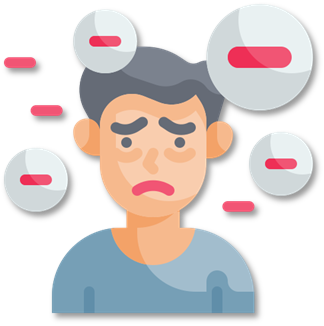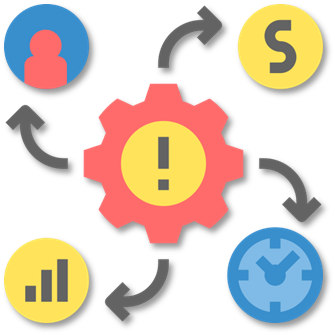Step 3: Effects
| Topic | Question | Answer |
Positive consequences | Which positive effects are expected from the AI-functions - to the performance of the actors who work with the AI (e.g., accuracy, speed, ...)? - to the state of them (e.g., stress, understanding, trust, ...)?
| For the caretaker: - Reduction of workload so he can spend more time on other critical tasks that need to be performed by humans. - The caretaker does now not need to keep track of painting preferences of all the different patients and does not need to have any knowledge on guided painting sessions - The caretaker does not have to monitor the session or report back each experience to the daughter For the PwD: - Better sense of autonomy through accomplishing a complex task without the help of another human being - Creative fulfillment and enjoyable spending of time. - Expression of identity through painting - Better connectedness to daughter and improved interaction time with daughter, AKA, quality time! For the daughter: - Easier maintaining connection with her father while sacrificing less of her time. - Sharing parts of her life through an easy medium - Providing a topic to give structure and meaning to her visits to her father
|
Negative consequences | Do you foresee potential negative effects of the AI-functions: - on the performance, state and/or values of the actors? - on more general ethical or societal aspects? What are they? | |
Impact on use-case | What is the impact of the AI functions on the overall use case? What does it add to the use case/how does it improve the use case as a whole? |



